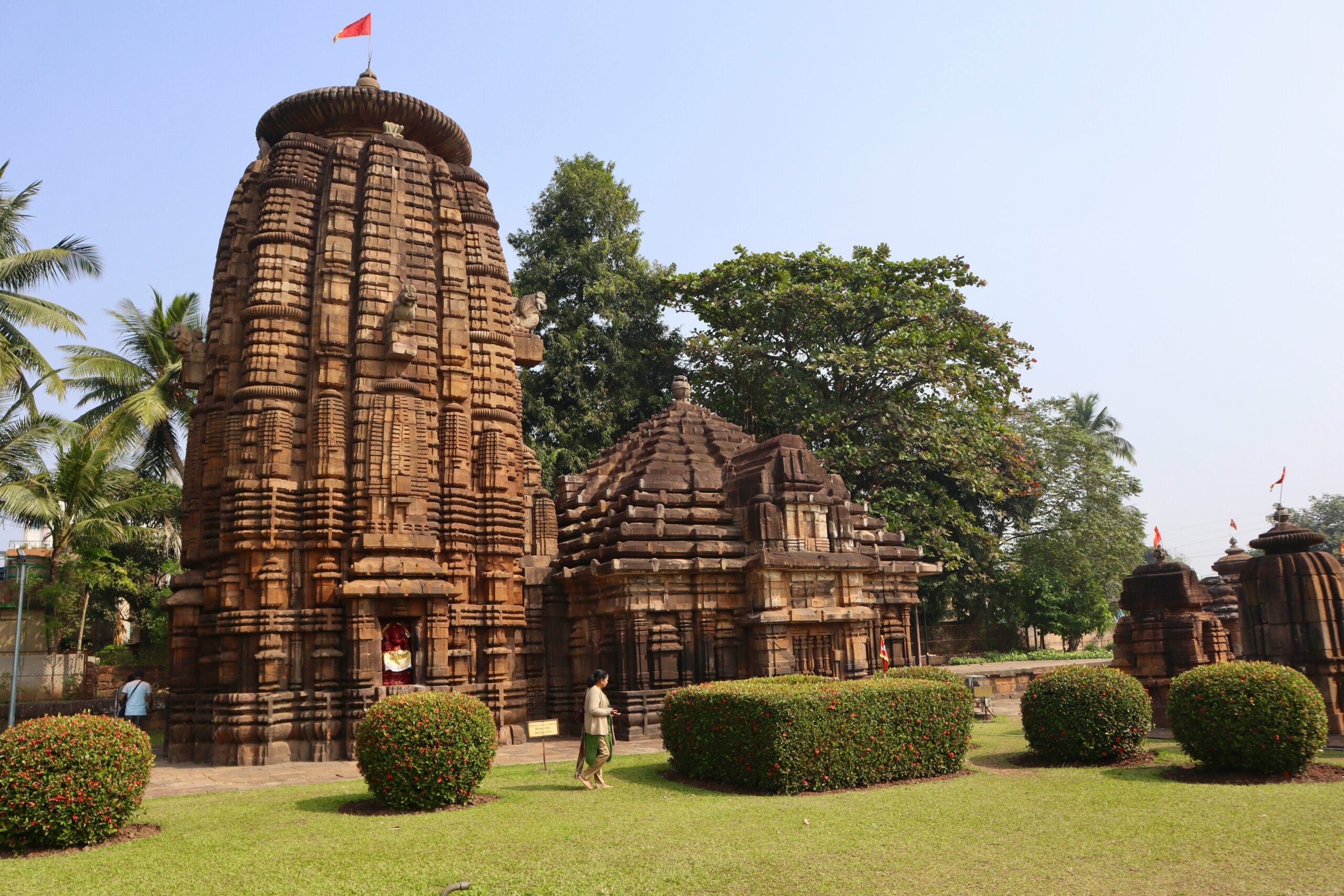Odisha, a state steeped in history and culture, is often celebrated for its stunning temples, beautiful beaches, and vibrant festivals. However, beyond the well-trodden tourist paths lies a world of hidden villages, each a living testament to the region’s rich and diverse artistic heritage. These villages, often overlooked, are home to timeless art forms that have been passed down through generations, preserving the essence of Odisha’s cultural identity.
1. Raghurajpur: The Village of Pattachitra Painters
Nestled amidst coconut groves near Puri, Raghurajpur is a small village that has gained recognition as a heritage crafts village. Every household here is involved in some form of art, but the village is most famous for Pattachitra, a traditional form of scroll painting that dates back over a thousand years. These intricate paintings, typically depicting mythological narratives and folklore, are made using natural colors derived from stones, leaves, and other organic materials.
Walking through the village, one can witness artists painstakingly creating these masterpieces on dried palm leaves, cloth, or paper. The vibrant hues, detailed borders, and the delicate brushwork reflect a craft honed over generations. Raghurajpur’s Pattachitra artists are not only preserving an ancient tradition but also evolving it by incorporating contemporary themes and designs.

2. Lalitgiri: The Ancient Art of Stone Carving
Lalitgiri, a village in Jajpur district, is renowned for its ancient stone carving traditions. The village’s history is closely tied to the Lalitgiri Buddhist complex, one of the earliest Buddhist sites in Odisha, dating back to the 1st century AD. The stone carvers of Lalitgiri have been crafting exquisite sculptures, ranging from religious deities to ornamental architecture, using techniques that have been perfected over centuries.
The stone carving tradition in Lalitgiri is distinguished by its attention to detail and the ability to bring stone to life. Artisans here can spend months on a single piece, ensuring every curve and feature is meticulously rendered. This ancient art form, once patronized by royalty and religious institutions, now finds expression in temples, public spaces, and private collections, preserving Odisha’s historical legacy in stone.

3. Dhenkanal: The Lost Art of Dhokra Metal Casting
Dhokra metal casting is one of the oldest forms of metal casting, dating back over 4,000 years. The village of Sadeibareni in Dhenkanal district is a hub for this ancient craft. The artisans here use the lost-wax technique, a labor-intensive process that involves creating a wax model, covering it in clay, and then pouring molten metal into the mold to create intricate designs.
The resulting artifacts are stunning in their simplicity and beauty, often depicting animals, tribal deities, and everyday scenes from village life. Each piece of Dhokra art is unique, as the mold is broken after the metal is cast, ensuring that no two items are exactly the same. Despite the challenges of modernity and dwindling demand, the artisans of Sadeibareni continue to practice this art, a testament to their resilience and commitment to preserving their cultural heritage.

4. Ganjam: Weaving Magic with Berhampuri Silk
The coastal district of Ganjam is famous for its Berhampuri silk, a handwoven textile that has been a part of Odisha’s cultural fabric for centuries. The village of Padmanavpur in Ganjam is home to skilled weavers who create this luxurious fabric, characterized by its rich colors and intricate motifs. The Berhampuri silk saree, with its distinctive temple borders and pallus, is a symbol of elegance and tradition, often worn during important rituals and ceremonies.
The weaving process is a labor of love, with each saree taking weeks to complete. The weavers use traditional wooden looms and natural dyes, ensuring that the quality and authenticity of the fabric are maintained. Despite the influx of machine-made textiles, the artisans of Padmanavpur remain dedicated to their craft, weaving stories of Odisha’s cultural heritage into every saree.

5. Khurda: The Reviving Art of Gotipua Dance
Gotipua dance, the precursor to the classical Odissi dance, is a traditional dance form performed by young boys dressed as girls. The village of Raghurajpur, besides being known for its Pattachitra artists, is also a center for this ancient dance tradition. The dance is characterized by its acrobatic movements, intricate footwork, and graceful expressions, telling stories from Hindu mythology.
The Gotipua dancers undergo rigorous training from a young age, mastering the art of storytelling through dance. While the dance form was on the verge of extinction, efforts by local communities and cultural organizations have led to its revival, with young boys in the village continuing to perform this ancient art. The dance has now gained recognition on national and international stages, bringing pride to its place of origin.

Preserving Odisha’s Cultural Tapestry
These hidden villages of Odisha are not just centers of artistic excellence but also repositories of the state’s cultural heritage. The artisans and performers in these villages play a crucial role in preserving and passing on their ancestral knowledge, ensuring that these timeless art forms continue to thrive in a rapidly changing world.
As Odisha moves forward, there is a growing recognition of the importance of these traditional crafts and practices. Government initiatives, cultural tourism, and increased global interest in sustainable and handmade products are helping to revive and sustain these art forms. However, continued efforts are needed to support these communities, providing them with the resources and platforms they need to share their heritage with the world.
In exploring the hidden villages of Odisha, one not only discovers the beauty and diversity of the state’s art forms but also gains insight into the resilience and creativity of the human spirit. These villages are more than just places on a map; they are living museums where the past and present coexist, offering a glimpse into a world where tradition and innovation go hand in hand.

